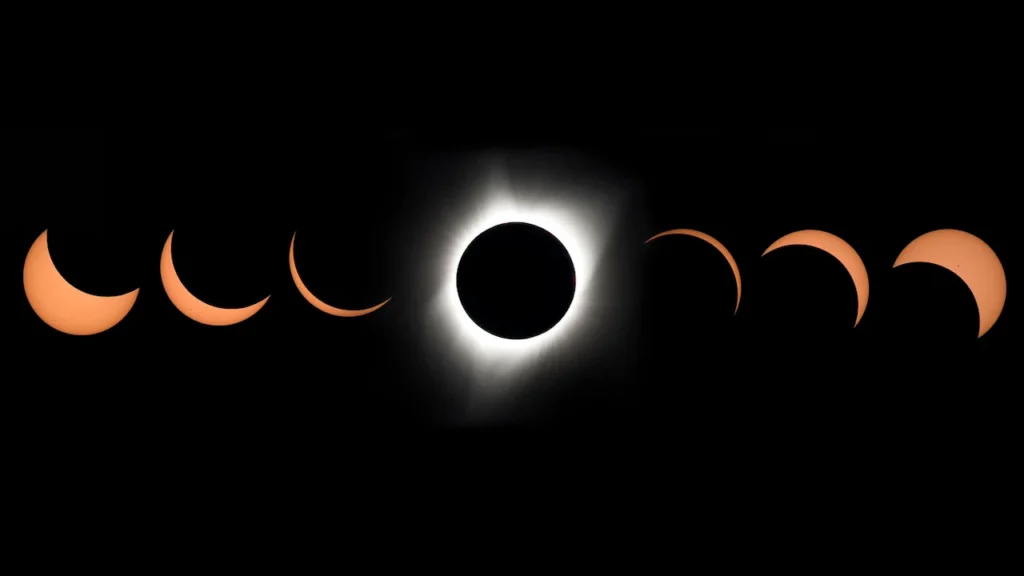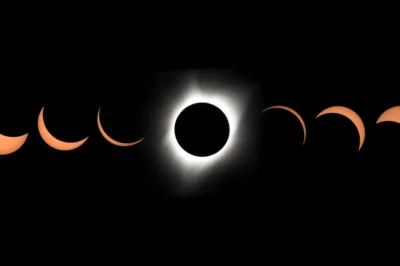
In a celestial operation timed with the total solar eclipse on April 8, NASA is taking to the skies in an extraordinary way. The agency has announced the launch of three rockets aimed directly into the darkened skies to study the eclipse’s impact on Earth’s atmosphere, focusing particularly on the ionosphere. This layer of the atmosphere is essential for modern communication systems, and variations during an eclipse can cause disruptive ‘waves’ affecting both radio and satellite communications.
While typical spacecraft like satellites often miss the fleeting observational window of such solar phenomena, these rockets are scheduled to ascend at strategic intervals around the eclipse. They aim to capture data on atmospheric disturbances as the moon’s shadow passes over Earth. This initiative promises to offer valuable insights into the ionosphere’s behavior under the unique conditions of an eclipse.
The endeavor isn’t limited to rocket-based observations. Ground-based observatories across the United States are gearing up to contribute, collecting an extensive array of data from this rare event. Together, these efforts will transform the upcoming solar eclipse from merely a spectacular visual event into a pivotal moment for scientific discovery.
As we anticipate the solar spectacle next week, NASA’s mission underlines the eclipse’s significance beyond its awe-inspiring beauty, marking it as a key opportunity for advancing our understanding of Earth’s atmospheric dynamics.








































Leave a Reply